Never take a holiday from good posture

Trains, planes and car rides to visit friends and family, sitting down for a big turkey meal, sledding or hitting up the ski hill on snowy days, lounging around on Christmas morning admiring the tree and wrapped presents... this all sounds like a perfect holiday.
While it is a wonderful combination for good times and many smiles, unfortunately for some it can also be a perfect recipe for a sore back. Something that all of those activities listed above have in common is a forward bent—or ‘flexed’—position of the low back.With normal standing posture, the low back has a slight curve, which is known as ‘lordosis.’ When we bend forward or sit, we lose the lordosis and our lumbar spine—the low back—goes into flexion.
Spending too much time flexed, or performing heavy tasks in this position, can put a strain onto the muscles that hold us upright, as well as the lumbar discs. The intervertebral disc is a structure that sits between adjacent vertebrae in the spine. It is composed of a tough, fibrous periphery with a gel-like nucleus in the centre. Repetitive or sustained flexion, as well as heavy lifts or bends, can injure the disc by causing tears in the fibrous rings.
When this occurs, the gelatinous nucleus can bulge into the tear. It is most common for injury to occur in the back of the disc rather than the front. To visualize what happens, imagine a jelly doughnut, where the dough is the fibrous outside of the disc, and the filling is the nucleus. Line up the hole that was used to fill the doughnut as being at the back/side of the imaginary spine. If you push on the front of the doughnut, the jelly will squeeze out toward the back, and can even push out of the doughnut (which would be the case in a more severe injury, or prolapse).
Forward bending is similar to this—there is an increased pressure on the front, and a suction force at the back, causing the gelatinous nucleus to move posteriorly if the fibrous rings are not holding it in place. Even with just an outward bulging of the disc (so, the jelly in the doughnut has moved but hasn’t escaped through the hole) can cause inflammation and irritation of surrounding tissues, including nerves.

Prevent lumbar injuries
There are several strategies that can be used to help in the prevention of lumbar disc injuries. A few are:
- Use a firmly rolled towel, or a ‘lumbar roll’, in the curve of your low back if sitting. It is helpful to keep one in your vehicle
- Avoid the slumped position when sitting. A lumbar roll helps with this, as does your leg posture. Having your hips and knees in a deep bend, such as in a low chair, increases the forward bend in your back
- Take standing and walking breaks when traveling, or during long meals
- Stay flexible—tight hamstrings (backs of the thighs) in particular can have an effect on low back posture.
- Keep a strong core to help support your back during activities. This doesn’t necessarily mean doing crunches or sit-ups, but exercises that target the deep core muscles
- During the post-holiday clean-up, avoid stooping to bend down to pick things up. Instead, bend your knees and hips to get into a good squat position. It’s a good way to exercise your legs, too
Even with taking precautions, injuries can occur either with a single incident or over time. When this is the case and you notice you are having back pain, it is important to seek care from a health provider. Lumbar disc injuries, along with other causes of low back pain, are most often treated conservatively - meaning, non-operatively - with physiotherapy.
It is important to note that not all back pain is due to disc injury. A physiotherapist can help to determine what structure may be causing your pain, and give you appropriate strengthening and stretching exercises, hands-on treatment, and strategies for management, specific to your injury.
To find a physiotherapist near you, please visit www.lifemark.ca/locations
Related Articles
Don't put off the care you need - here's why
Tips to stay safe and prepare for winter activities this year
Treating an acute injury? Go for M.E.A.T. over R.I.C.E.
Understanding pelvic organ prolapse and why a pessary can help
Investigating a dizziness problem: “Can’t my doctor just order a test?”
How to set up your work environment when working from home
Special Olympics athletes and the importance of support
Working with Special Olympics athletes as a physiotherapist
The forward fold stretch: the perfect exercise if you work at a desk all day
What is vertigo, how did I get it and what can I do about it?
Getting active is just like brushing your teeth
How to use a tennis or lacrosse ball to relieve acute muscle pain
Vestibular disorders: how vestibular therapists can help physicians
Have you heard of “prehab” for replacement surgeries and how it can help?
How swimmers can prevent and manage shoulder injuries
4 Summer Sports Injuries & How Physiotherapy Gets You Back in the Game
What is the rotator cuff, and why is it so easily hurt?
Paddling Basics: Stay Dry and Injury-Free on the Water
Keep yourself safe at work and out of physio
My New Year resolution: To prevent injuries
Keep your stick on the ice this hockey season
Fore! Get on the green and keep your swing healthy
Do you know someone who suffers from 'text neck'? It could be you
Injured on the field? Physio + sport medicine can help
3 things outdoor runners should remember at the beginning of the season
Hand injury? You might be surprised to learn what physiotherapy can do
Let's keep in touch!
SIGN UP TO GET HEALTH AND WELLNESS INFO RIGHT TO YOUR INBOX
Subscribe to receive the latest health and wellness news and information in your inbox every month.
By subscribing you agree to our privacy policy. You can unsubscribe at any time.




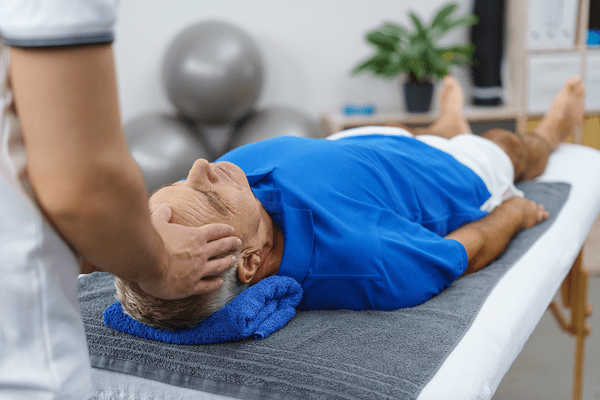
















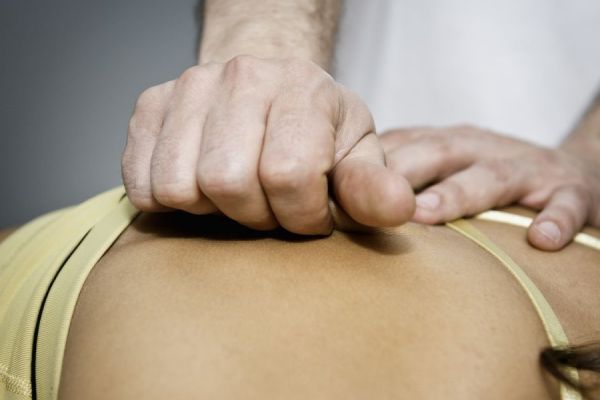
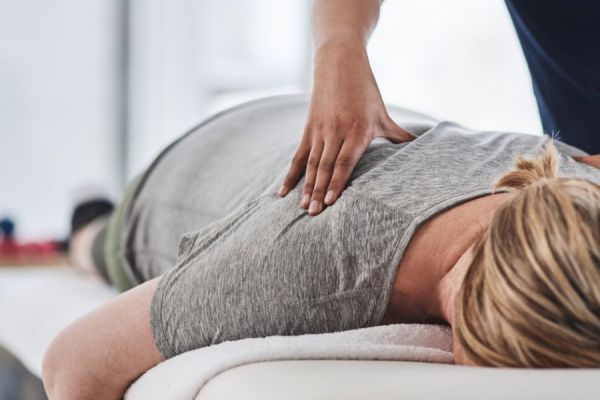
















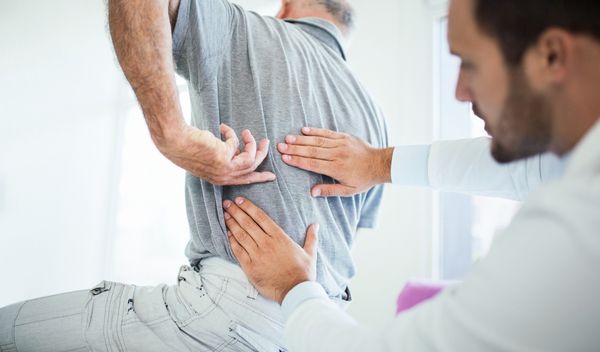

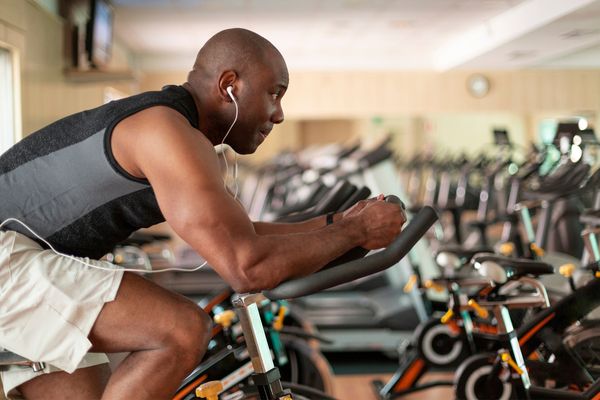
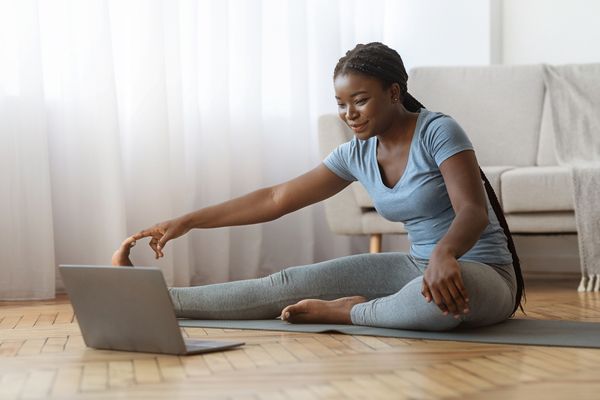

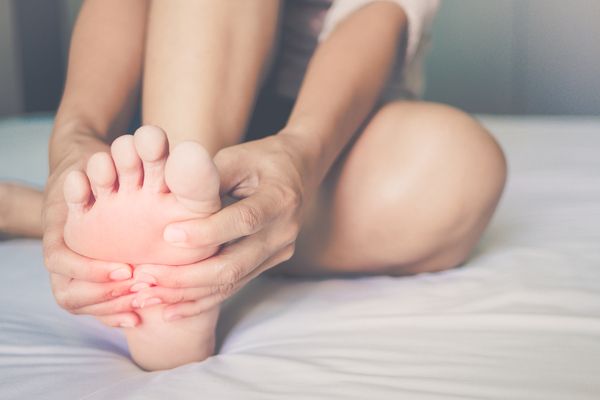










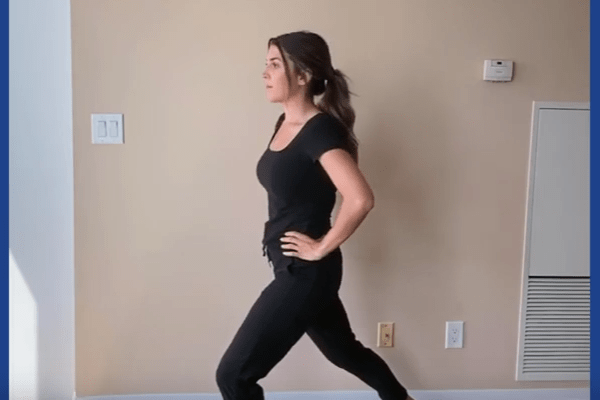





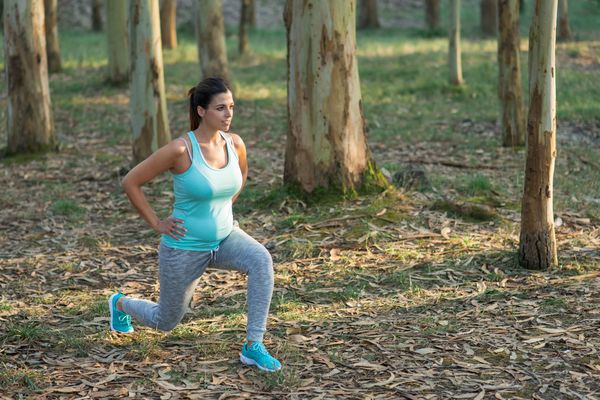










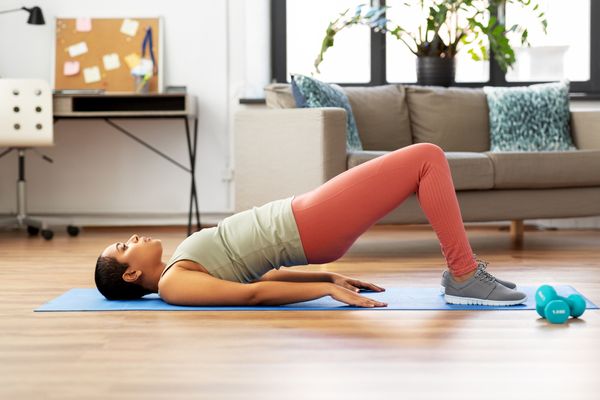





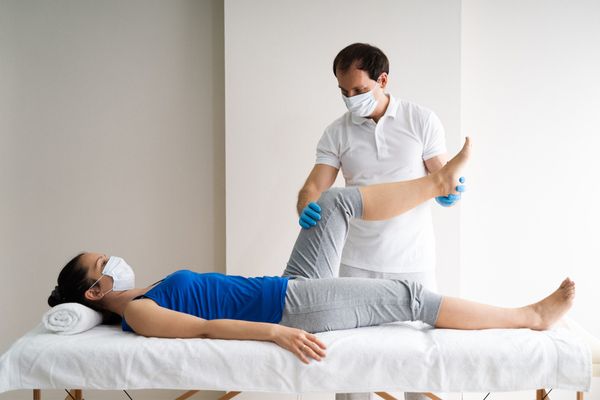




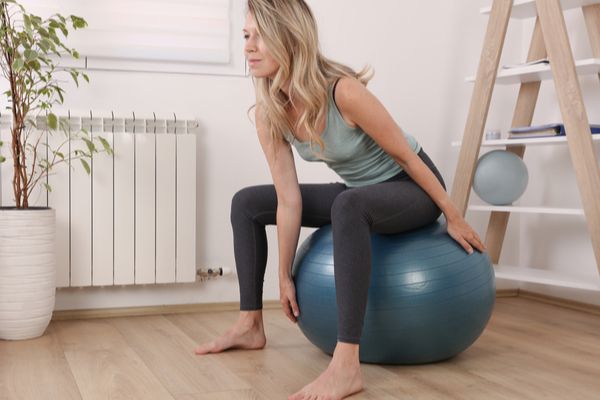
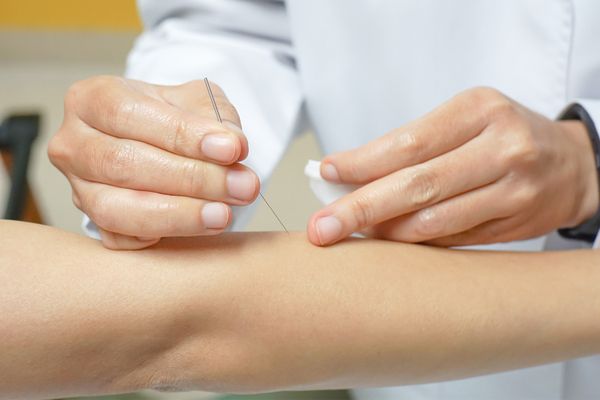





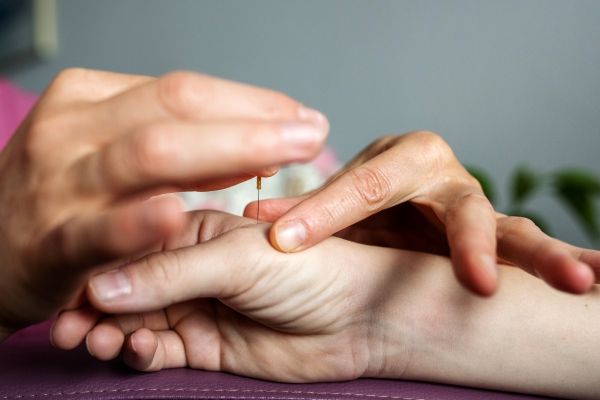


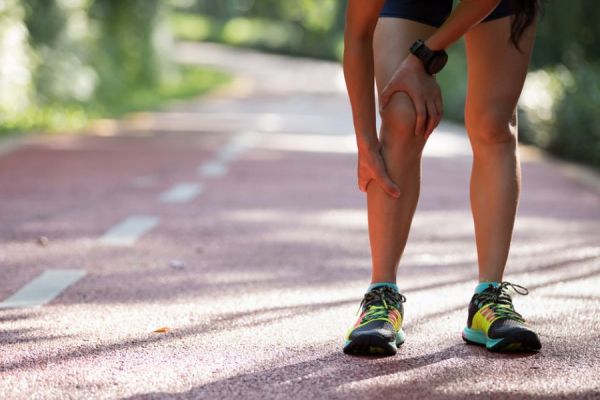
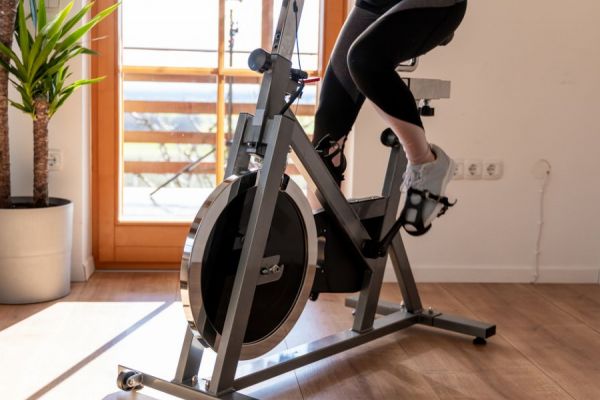
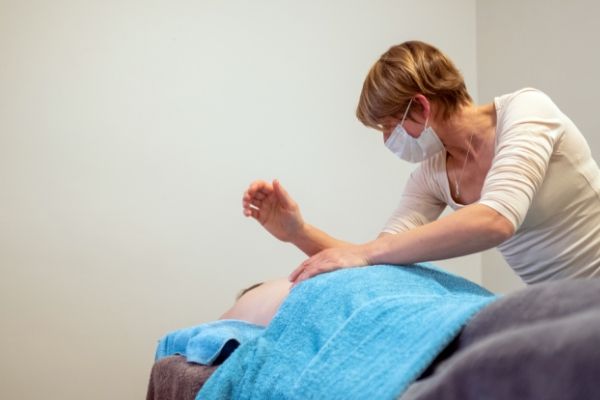


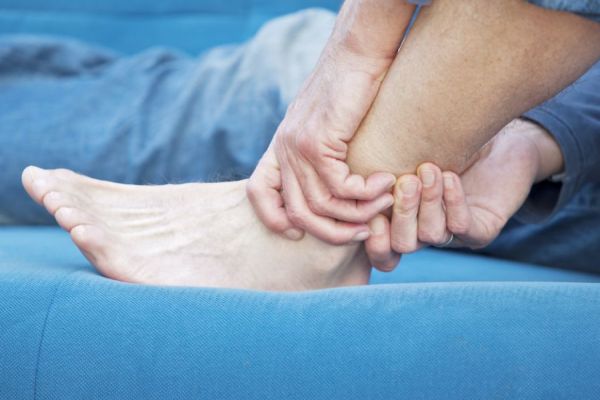

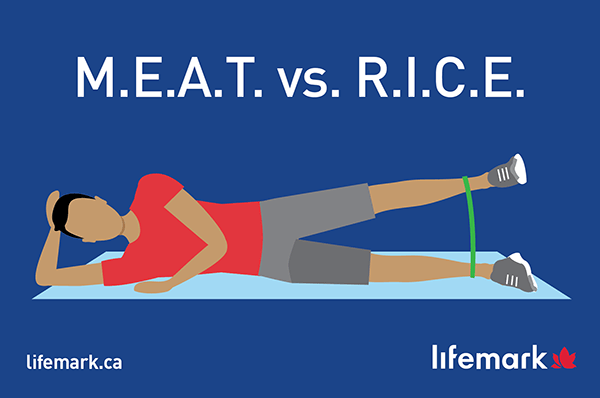

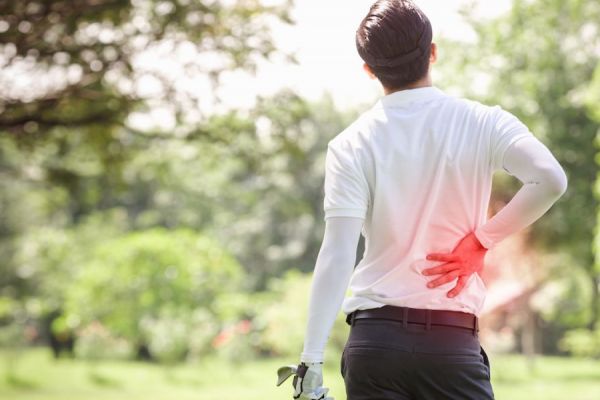
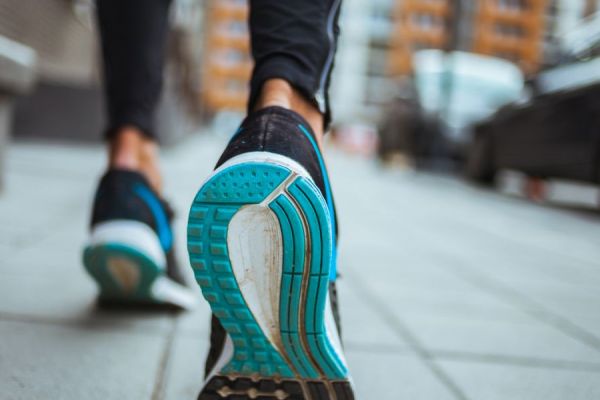




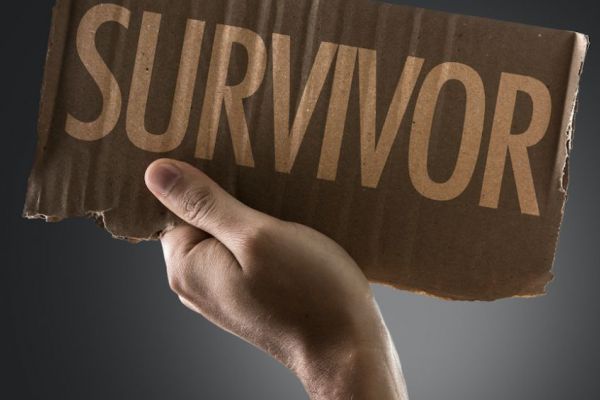


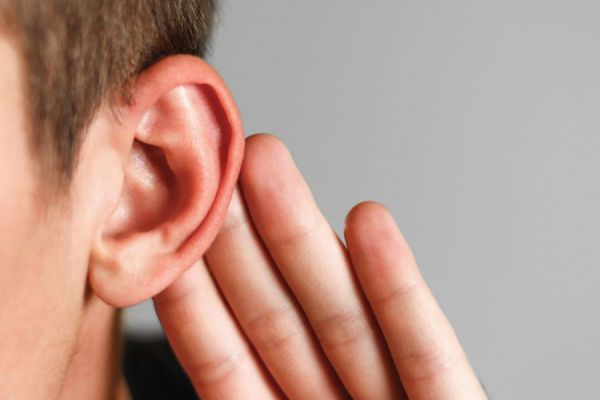








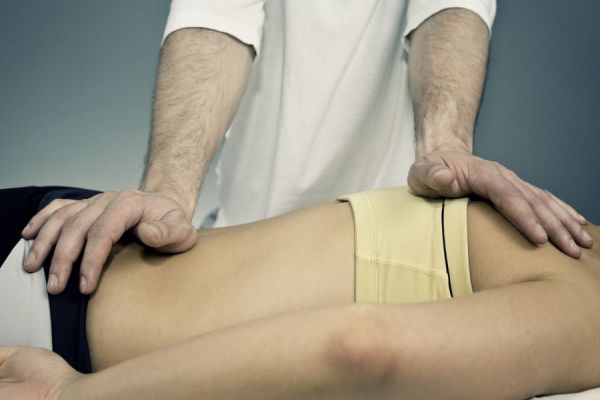




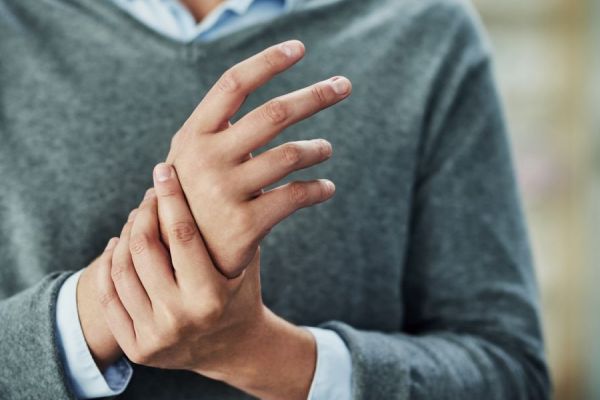





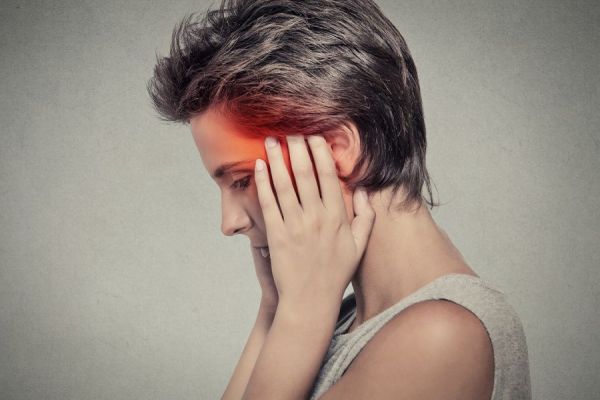
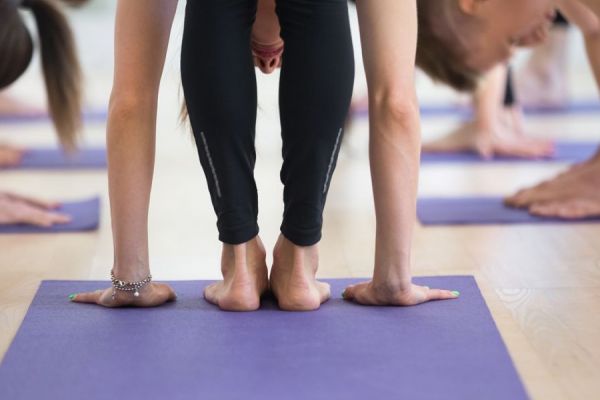

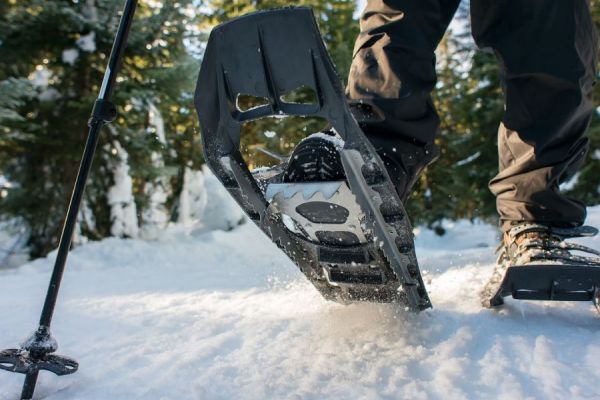


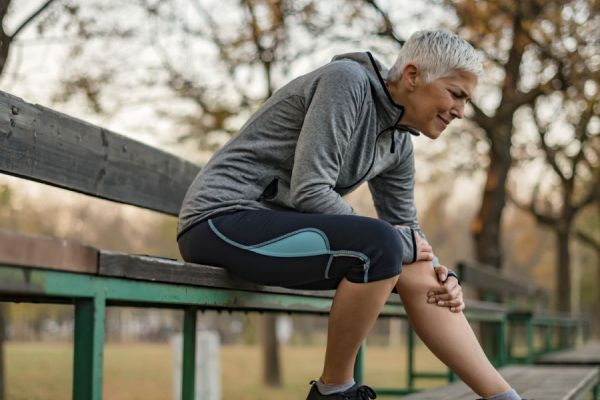
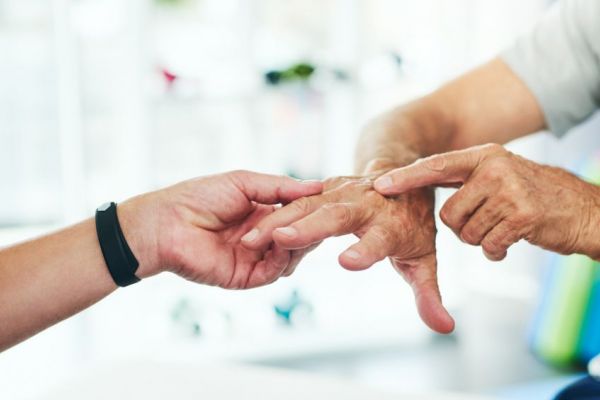






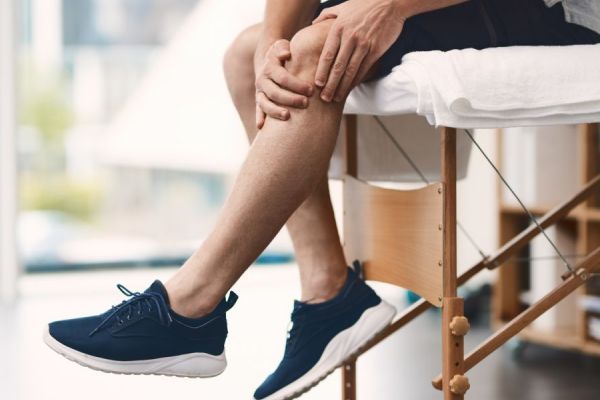

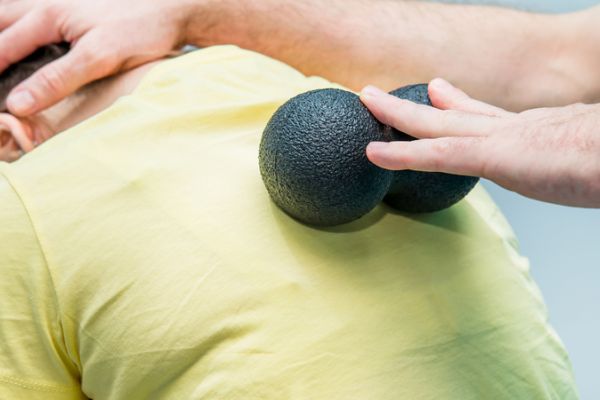







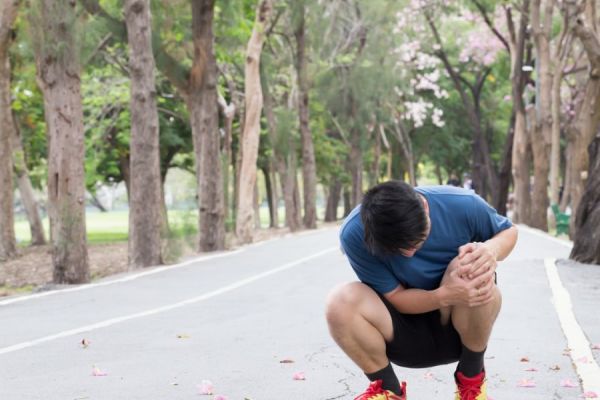


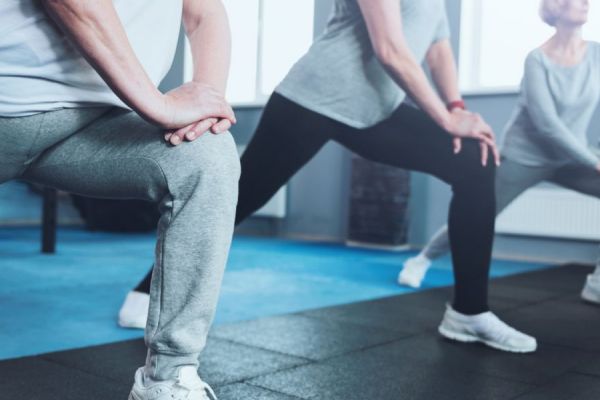

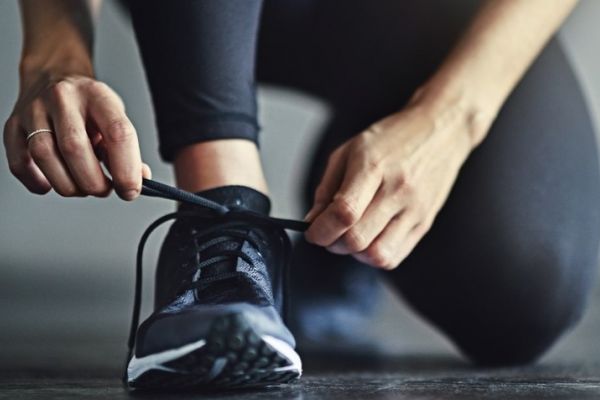

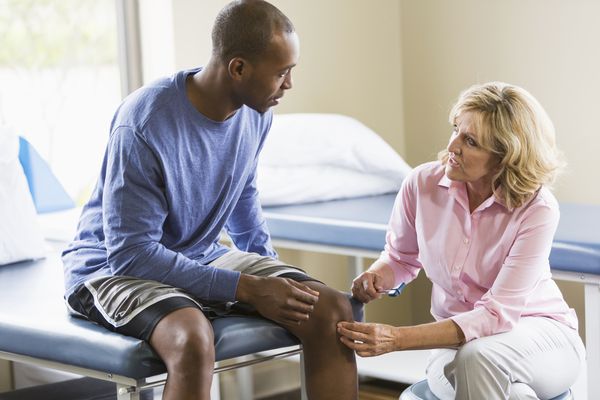






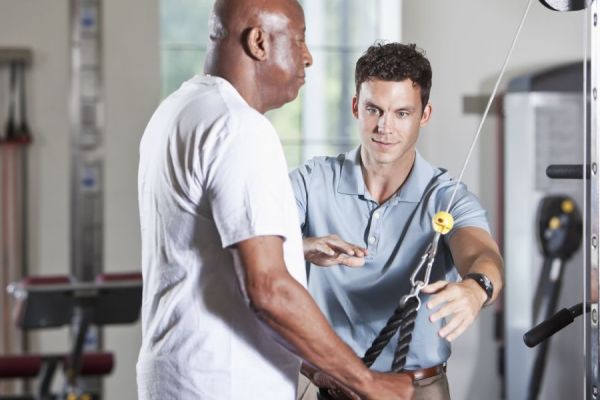






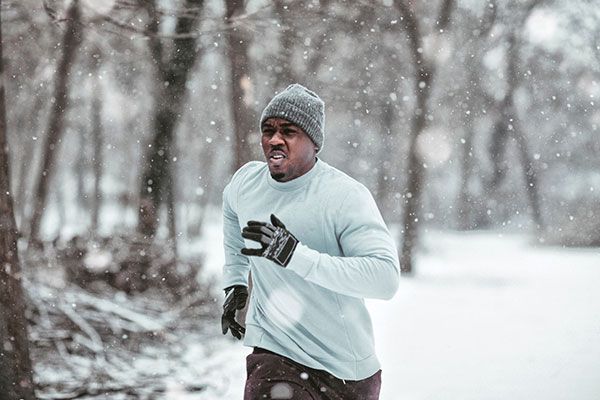
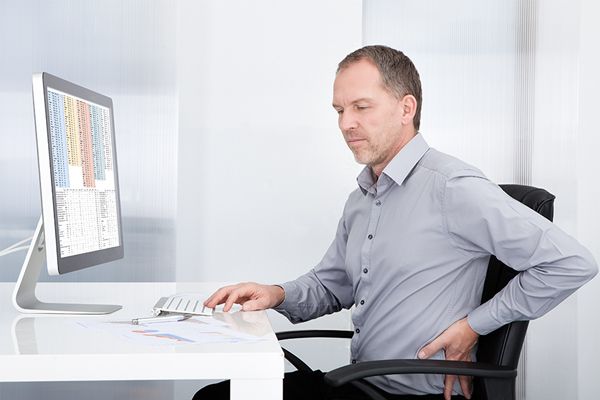
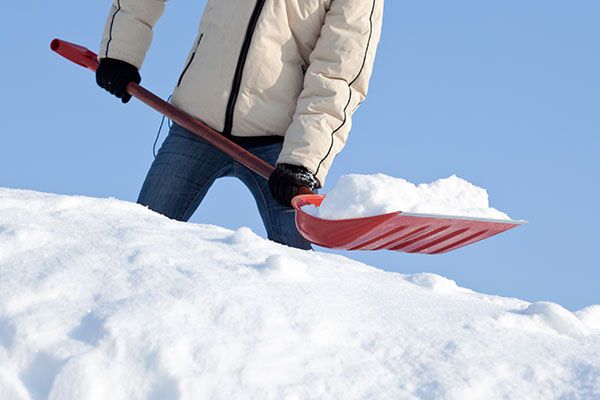
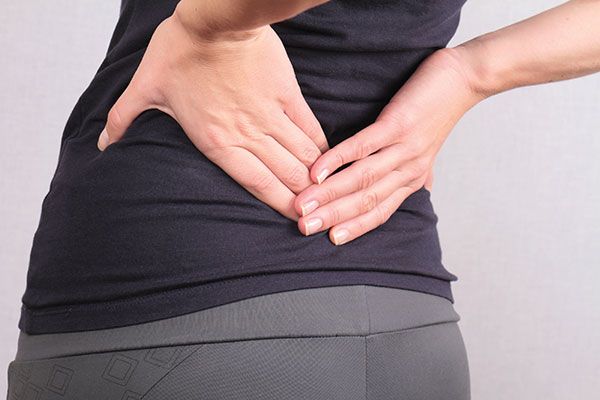



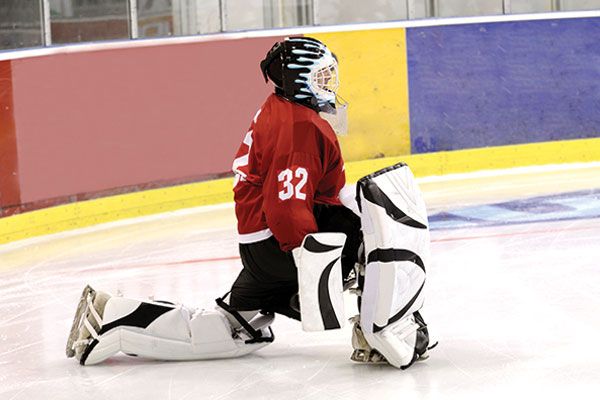







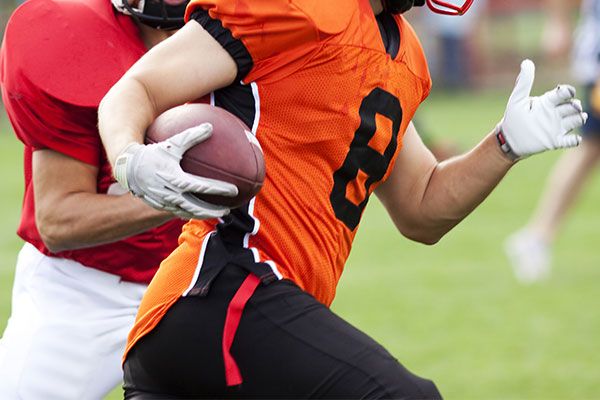



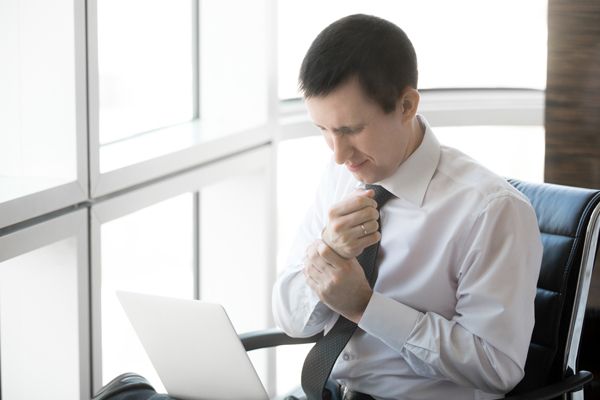
We can help you move and feel better.
Book an appointment today.